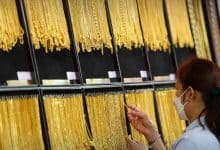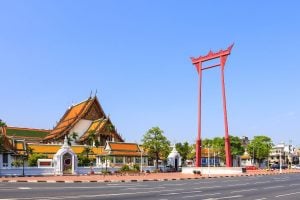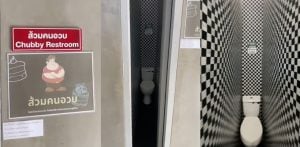Thailand hotel prices soar, low season sparks price war fears
Hoteliers brace for tough competition as low season drives uncertainty over pricing strategies
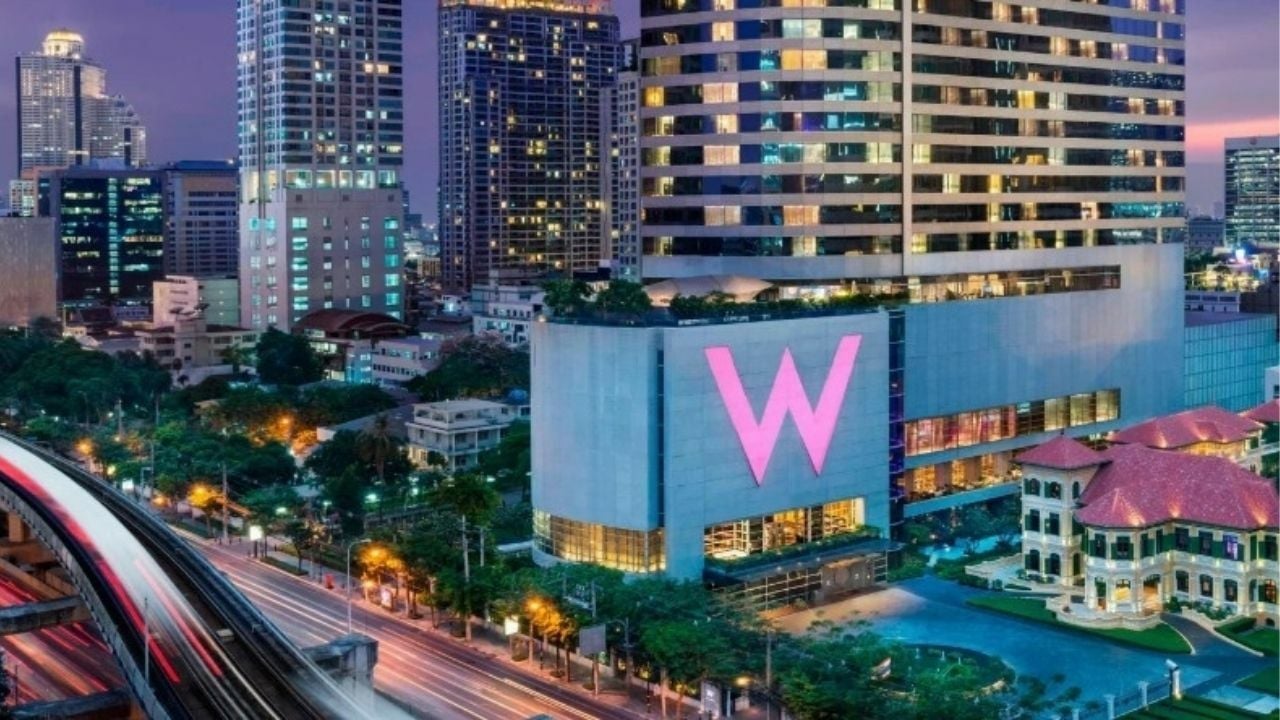
Room rates experienced a significant rise during the recent tourism High Season, drawing criticism from travellers who perceived Thai hotels as more costly than those in neighbouring countries.
As the low season now takes hold, some hoteliers express concerns over potential price wars due to reduced arrivals.
Thienprasit Chaiyapatranun, the president of the Thai Hotels Association (THA), reported that the average room rate for Thai hotels in March increased by 8% year-on-year to US$157 (approximately 5,600 baht), according to data from HotStats. He noted that Thailand’s average room rates were higher than emerging destinations like Vietnam, which attracted more Chinese tourists in the first quarter of this year. Vietnam’s average hotel rate was US$129 (approximately 4,600 baht) in March, marking a 4% increase from the previous year.

Tourist demand pushed Thailand’s average occupancy rate to 72% in March, up from 69% year-on-year (YOY), while Vietnam’s occupancy rose to 60% from 55%. In the luxury segment, Thai hotels achieved a 69% occupancy rate last year, compared to 61% in Vietnam.
According to Lighthouse, Thailand ranked second in Southeast Asia for average room rates during last year’s High Season but fell to third place in the low season, with rates around US$100, behind Singapore and Indonesia.
Thienprasit suggested that criticism over high room rates might lessen as prices continue to drop during the low season. However, he expressed concern about potential price wars as tourist numbers decline.
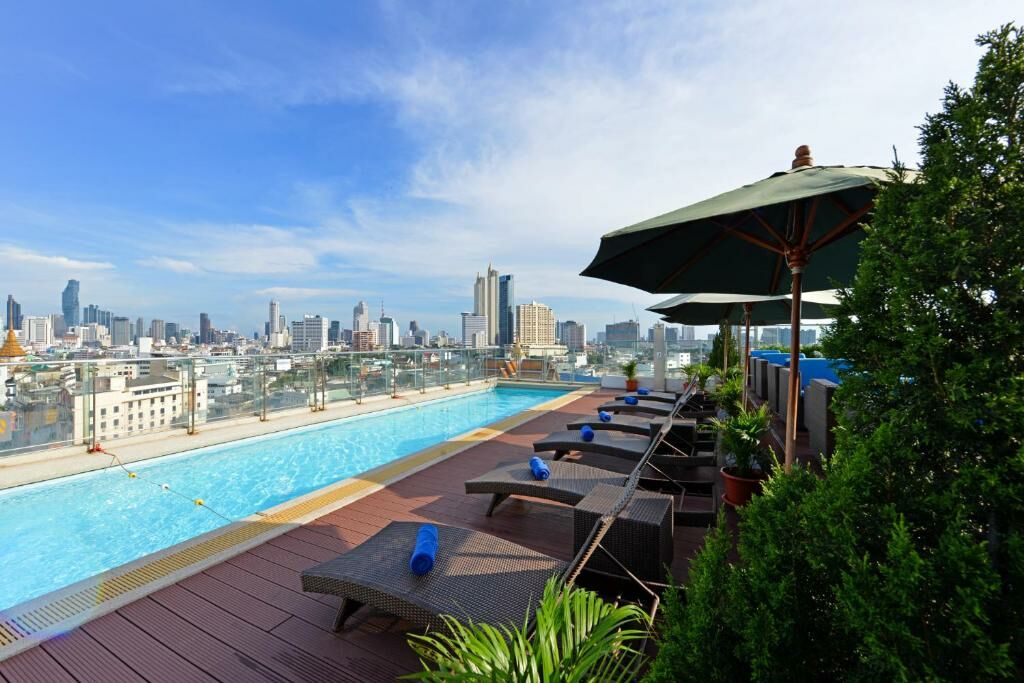
Phuket hotels
Suksit Suvunditkul, president of the southern chapter of the THA, highlighted the high season’s increase in average room rates in Phuket. Five-star hotels charged an average of 10,000 baht per night, while four-star hotels ranged from 6,000 to 7,000 baht. Luxury villas, mainly private pool properties, averaged 25,000 to 30,000 baht per night. During the low season, rates decrease to 5,000 to 6,000 baht for five-star hotels, 2,500 to 3,000 baht for four-star accommodations, and 15,000 baht for luxury resorts.
Suksit explained that these rate increases were necessary as operational costs, driven by labour and electricity expenses, have been rising while room rates remained static for years. Phuket has the highest daily minimum wage, which increased from 354 baht to 370 baht last year and to 400 baht this year, contributing to rising labour costs.

Suksit noted that most hotels in Phuket have realised that price wars are detrimental to the province. With limited capacity, the island can accommodate up to 14 million foreign tourists annually, similar to 2019 levels. Last year’s surge to 13 million tourists strained the environment and infrastructure, leading to severe traffic congestion.
As the Chinese tourist market declines, with only 196,880 arrivals in the first quarter compared to 429,254 Russian tourists, Suksit emphasised that Phuket can no longer rely solely on tourist volume. The Chinese market is expected to drop out of the top three source markets in April, with Indian and UK visitors surpassing it, reported Bangkok Post.
Suksit remarked on the importance of a diverse guest mix rather than relying on a single market. In March, Phuket’s hotels recorded a 76% occupancy rate, down from 82% year-on-year, as operators refrained from competing on price. Despite this, hoteliers managed to improve the average daily rate by 10 percentage points in the first quarter.
Latest Thailand News
Follow The Thaiger on Google News:

